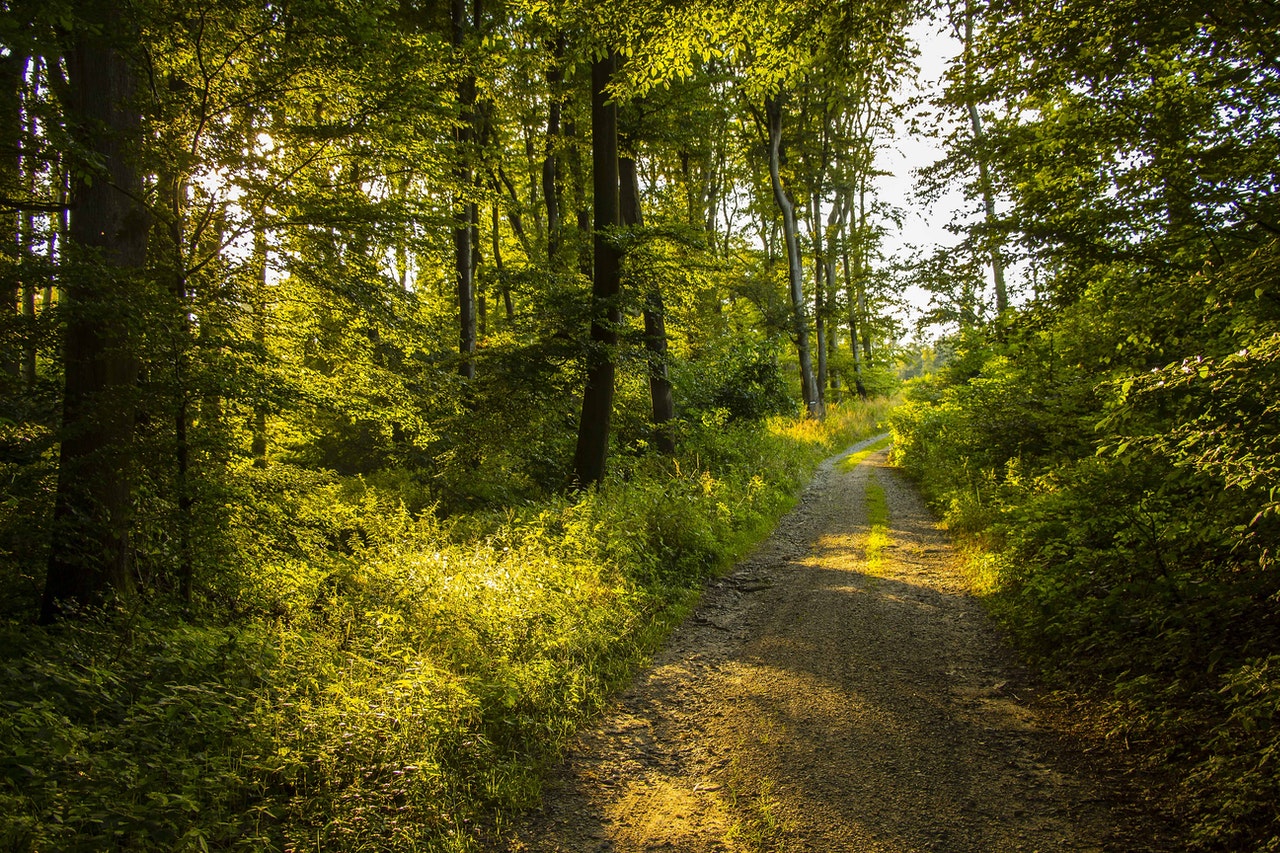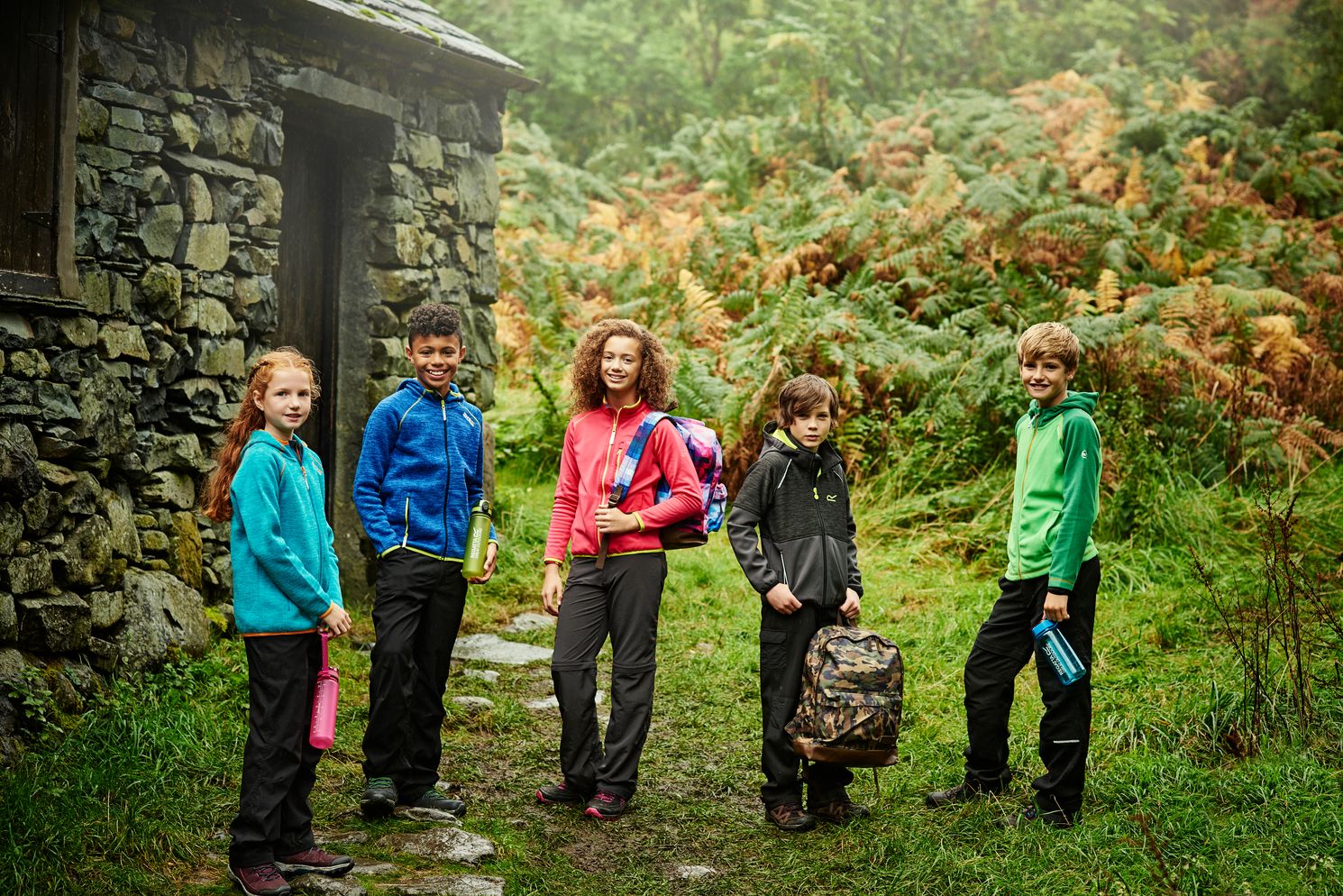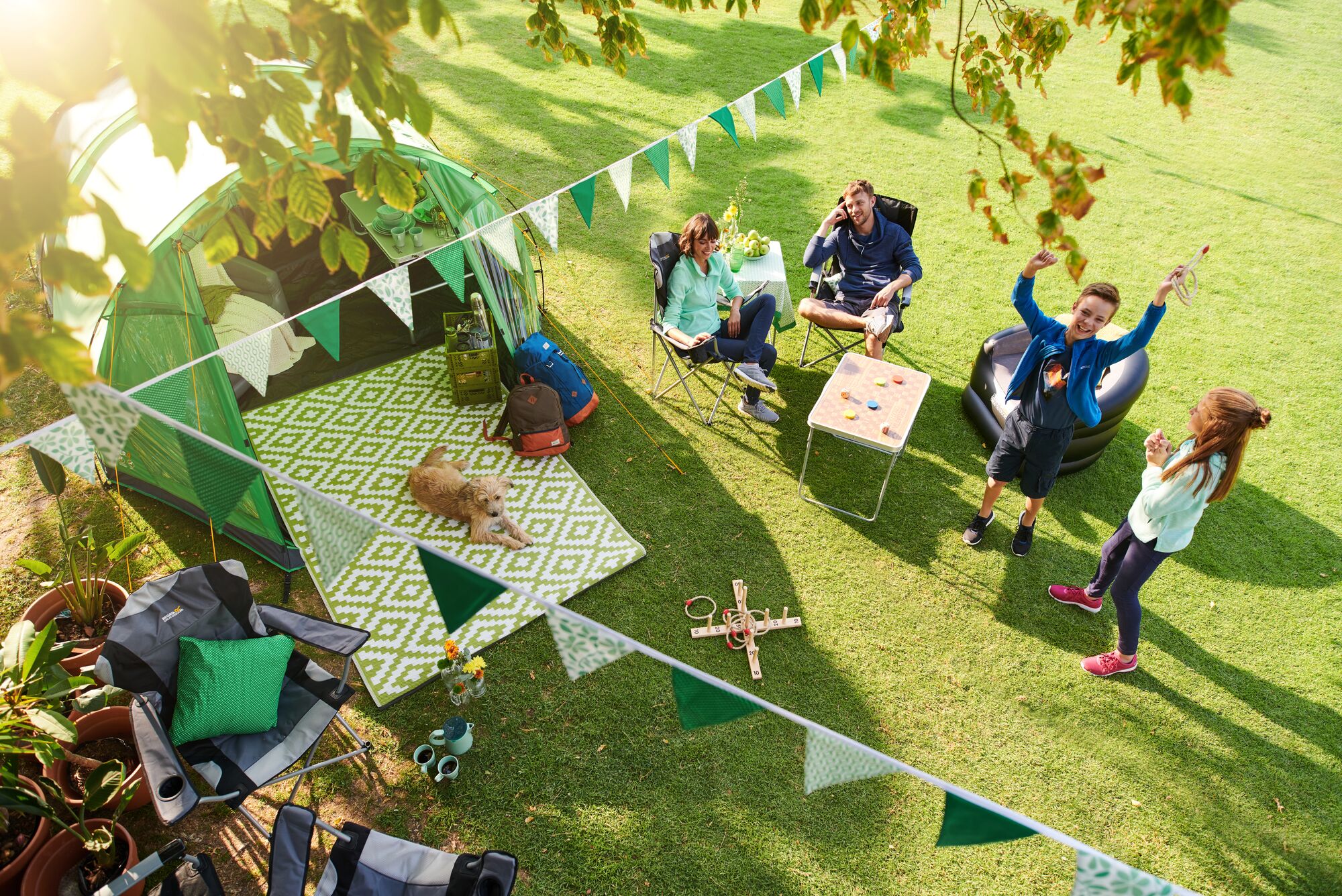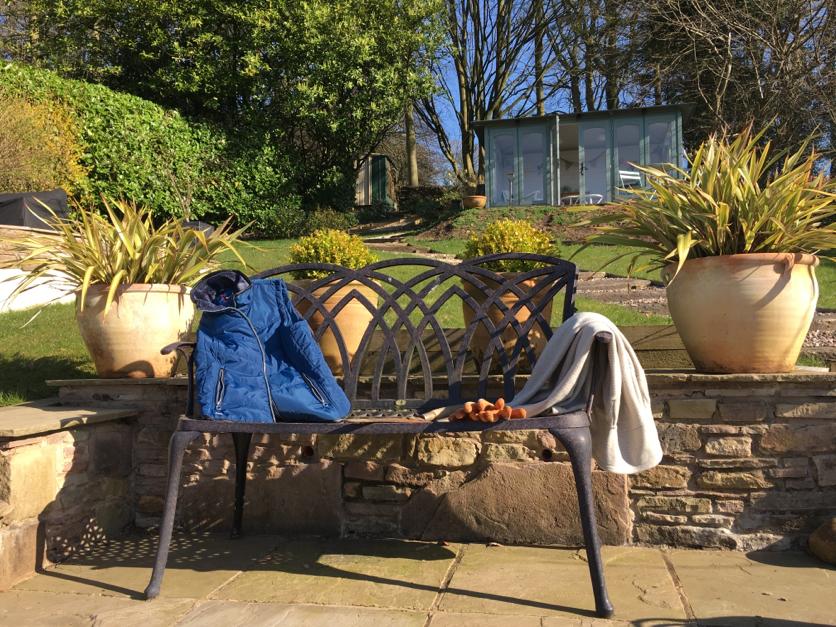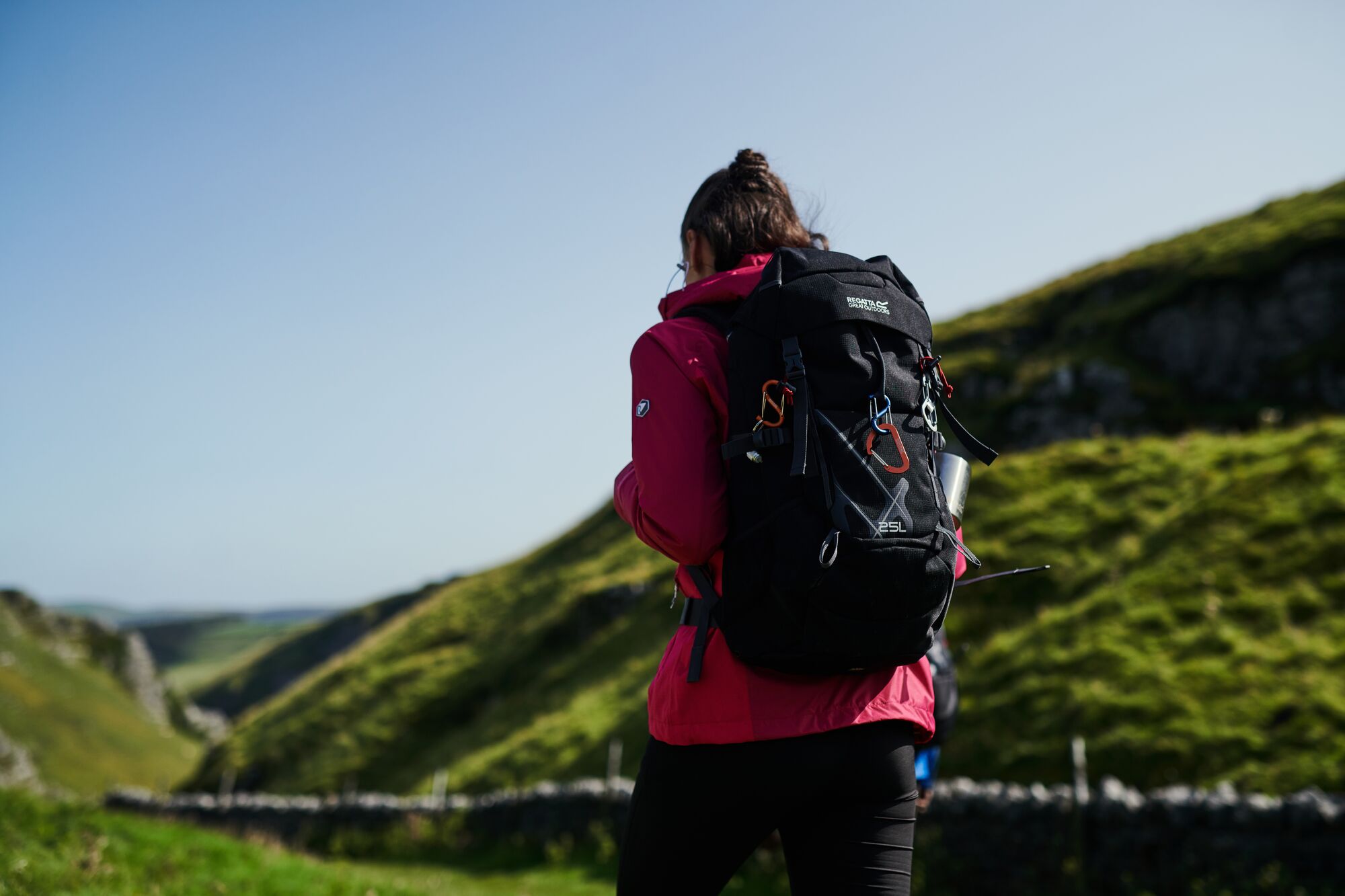In the simplest terms, geocaching is a modern treasure hunt that uses hi-tech technology to help hunters find the hidden treasure. Global Positioning System (GPS) is used to “hide and seek” small items or “caches” at different outdoor locations.
So Geocachers can head off to find hidden treasure by locating it using a GPS. Or they can hide treasure and then share the GPS co-ordinates of the location on the official website so that others can then seek it out.
Geocaches are always hidden rather than buried, which means you do not need to dig to locate the treasure. And they can be hidden anywhere and everywhere, from remote countryside locations to inner cities.
Worldwide phenomenon of geocaching
Open to people of all ages and with many different countries now taking part, geocaching has become a huge worldwide hit in recent years. At the time of writing this, the official Geocaching website has 2,235,371 active geocaches and more than six million geocachers worldwide.
Geocaching and other connected sites, such as Geocaching with the National Trust, provide the platform for people to share their locations, experiences, stories and photos with many other geocachers around the globe.
How to get started with geocaching
You'll need a hand-held GPS device or a mobile phone with an inbuilt GPS facility. Many smartphones now allow you to download a GPS app.
Now think about the sort of challenge you are looking for. If you’re a family with young kids make sure the first outing is short and fun. Making the kids hike for miles across hills and valleys to find treasure will be a turn-off – and it will quickly end further geocaching adventures. So choose an easy challenge, or in geocaching terms, a 1/1 rated cache.
After this you can move on to harder rated geocaches but still being careful to choose your location and terrain to suit the participants.
If you're hunting a cache in an unfamiliar location, perhaps at your holiday destination, it's a good idea to consult a local map in advance so you can get a bit of a feel for the surrounding area. Remember that a map and compass are still a great way to plan ahead and navigate – and have not been completely out-moded by GPS devices!
So, while a geocache distance might seem easily achievable there are many naturally occurring obstacles, such as hills and rivers, which could extend your adventure a step too far.
If you love an adventure and you’re fit, choose a cache that is located more remotely and in a place that you do not know. Make sure you tell someone where you are going and take a mobile phone with you. Also pack a rucksack with all-weather outdoors clothing, food and water.
Sign up to the geocache website
Head to the official Geocaching website and sign up for free. You can then search for geocaches in your area, or another area if you’re heading there for a short break or on holiday. Enter the details into your GPS and set off on your adventure.
There are caches hidden in rural locations and cities, at the seaside, in woodland and also at many ancient landmarks. Once you find a cache you can take an item from the box but you must leave something in its place. And remember to put a note in the logbook about finding it.
Back on the website, you sign on again and leave details of your cache find and encourage others to go out and find what you have left there.
What to take with you for geocaching
Of course, what you pack and take will depend on the estimated length of time of your expedition and the location. If you're heading out into difficult terrain and for many miles make sure you are well equipped. Good quality footwear is a must, as well as a waterproof jacket, warm base layers and hats and gloves for this time of year.
Also take:
- Food and drinks
- Maps and a compass, in addition to your GPS (take extra batteries with you, just in case)
- A fully-charged mobile phone for emergencies.
Taking care where you go
The three rules of geocaching are: Take Something, Leave Something, Write in the Logbook.
Like for like: Make sure you replace the cache with something of the same value when you find it and remember that you can't leave a cache empty and must always place the cache back in its original hiding place. It goes without saying that anything placed in the cache should be suitable for all ages and legal.
Be polite: Any posts that you leave online should be respectful and informative to other users but without spoiling the fun by giving the game away.
Respect your environment: Make sure you are environmentally responsible during your hunt. Caches should always be hidden in accessible areas that won't involve breaking any country codes or wandering on to private land. Also, tell the kids to take care while walking and hunting. Snapping tree branches or uprooting vegetation is a big no-no.
No litter bugs: As with all outdoors adventures, always take home your litter.
This blog has inspired us to go out and try a few geocache hunts here at Regatta clothing. We will be blogging about our geocaching adventures in the coming months. If you have enjoyed geocaching do write and tell us about it.

